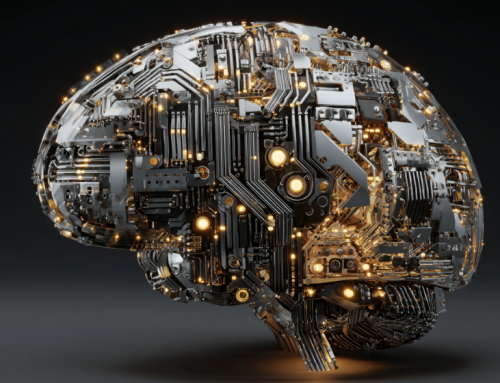
OpenAI is set to release GPT-5 in early August with integrated o3 reasoning and multiple variants, while also preparing to launch its first open-weight model since GPT-2 to balance proprietary innovation with open-source engagement. (Source: Image by RR)
OpenAI’s Open-Source Model Will Debut on Hugging Face and Azure
OpenAI is preparing to launch its next-generation GPT-5 model as early as August, after months of infrastructure preparation and internal testing. CEO Sam Altman, according to an article in theverge.com, recently confirmed the release and praised the model’s capabilities, sharing a personal anecdote in which GPT-5 instantly answered a question he couldn’t solve. The new model, which integrates OpenAI’s o3 reasoning abilities, will also come in mini and nano versions, with availability across ChatGPT and the company’s API.
Altman has described GPT-5 as a more unified and capable system that merges previously separate model lines, simplifying user interactions and product offerings. This consolidation effort supports OpenAI’s broader mission of progressing toward artificial general intelligence (AGI), a milestone that would trigger major shifts in its partnership with Microsoft. However, GPT-5 is not expected to reach AGI status immediately and may take months to reach its full potential, according to Altman.
The company is also racing to release a separate open-weight language model before the end of July, marking its first open release since GPT-2. Described by insiders as similar to o3 mini, this model will feature strong reasoning capabilities and will be available on cloud platforms like Azure and Hugging Face. Its release ahead of GPT-5 suggests a strategic effort by OpenAI to serve the open-source community and stay ahead of rival developments.
Though GPT-5’s launch is highly anticipated, OpenAI’s plans remain fluid, often adjusting based on safety evaluations, technical challenges, and the competitive AI landscape. The introduction of both GPT-5 and an open-weight model reflects OpenAI’s dual priorities: pushing the frontier of proprietary AI while re-engaging with the open-source ecosystem. The coming months will be crucial in determining how these new models are received by users, developers, and competitors alike.
read more at theverge.com







Leave A Comment